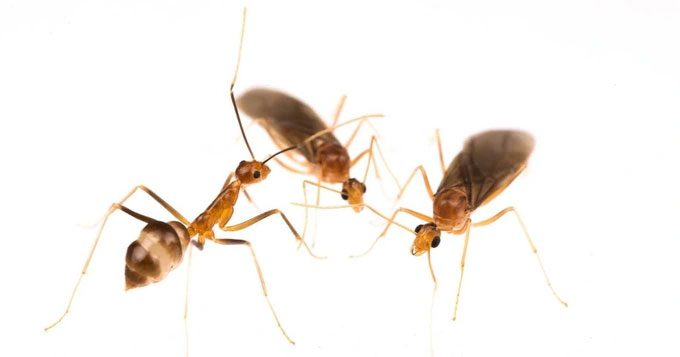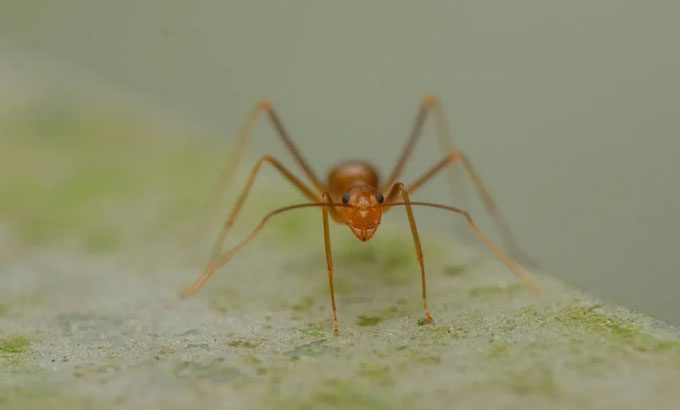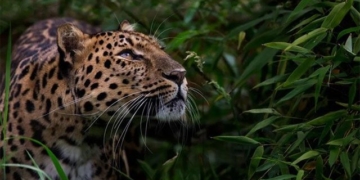The Next Evolutionary Step in Ants Discovered in the Chimera Ant, Surprising Scientists.
The Chimera Ant (Scientific Name: Anoplolepis gracilipes), like many other invasive species, is attempting to conquer new territories and adapt to produce as many worker ants as possible.

The Chimera Ant has a unique reproductive method that science has never known before. (Photo: Getty).
Recent research has revealed that they utilize a reproductive method that has not been previously documented in science.
Typically, male chimera ants are solitary organisms formed from two genetically distinct cell populations, meaning they always carry two identical sets of chromosomes in all cells of their body.
However, researchers found something unusual occurring with the male ants, as some individuals contained only one of the two gene sets.
They hypothesized that these male ants may develop from fertilized eggs when the two gametes from the parent ants do not actually fuse, making them a diploid species.
The study suggests that the nuclei of both the father and mother ants underwent a separate division process within the same egg.
This results in the produced males having DNA sequences from both the father and mother ants, but within different body cells.

Ants are considered one of the most fearsome invasive species in the world. (Photo: Getty).
“This is a unique case,” said Dr. Hugo Darras at Johannes Gutenberg University Mainz, who is also an author of the study. “This process is contrary to known cases of chimera ants, where there is hardly any cellular exchange between them.”
Evolutionary geneticist Waring Trible from Harvard University assessed that this is a conditional evolutionary advancement occurring in the chimera ant, the reasons for which remain unclear. “This could be considered the next evolutionary step in ants,” he affirmed.
In nature, most animal species develop from sperm and egg cells after they fuse into one, then combine their DNA.
As an organism grows, all subsequent cells, except for the sex cells, will carry two sets of chromosomes containing DNA, with each set coming from the father and mother.
In other words, these somatic cells carry the same genetic information. At that point, sperm and egg cells contain only one set of chromosomes.
However, with the Chimera Ant, a strange reproductive method has emerged. Evolutionary experts believe that this will benefit the chimera ant, as it helps the species avoid the potential for inbreeding, a common trait seen in other invasive ant species.
Currently, there are an estimated 20,000 ant species, but the reproductive systems of most of them remain unclear to science. Ants are also considered one of the most fearsome invasive species in the world.


















































